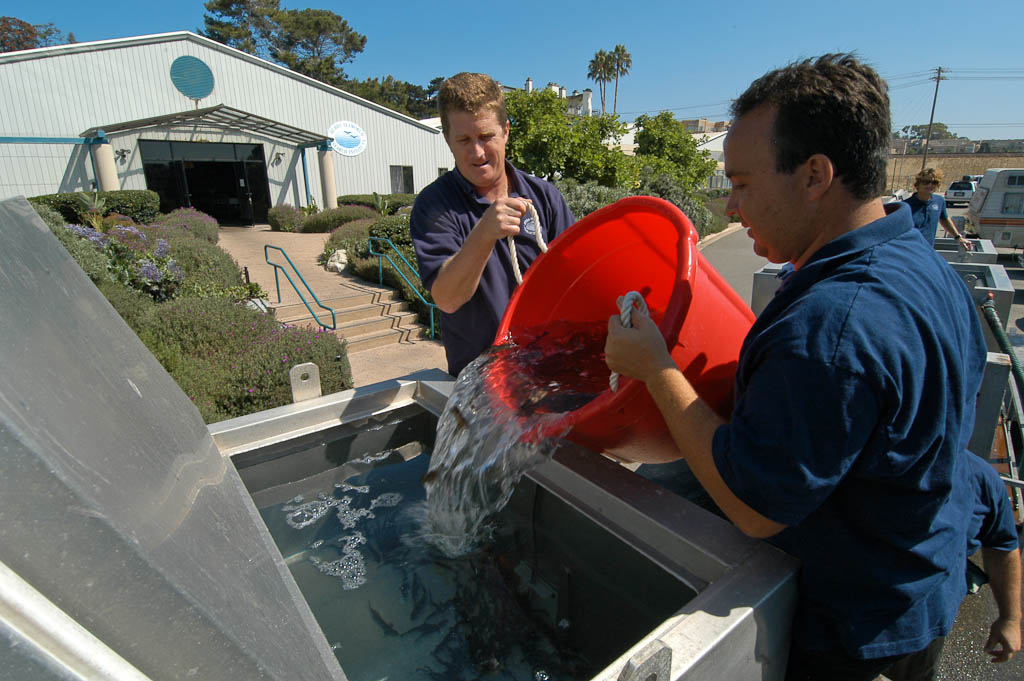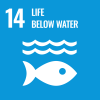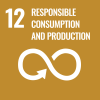
White Seabass Research


 We evaluate post-release dispersal, growth and survival of hatchery-reared white seabass (Atractoscion nobilis) released as part of an experimental stock enhancement program in California. Releases of hatchery white seabass have been carried out since 1986, year round either directly from the hatchery or after acclimation in net pens. All released fish are implanted with coded wire tags. Post-release monitoring is carried out through a research gillnet fishery for juveniles, and tag returns from the commercial and recreational fisheries. Survival of released hatchery fish was highest in Spring, moderately lower in Summer and Autumn, but much lower in Winter releases. Acclimatisation in net pens had a substantial, positive effect on survival relative to direct releases. Survival of hatchery fish to legal minimum length (600 mm SL) in the fishery was estimated at 1.5% for a release size of 200 mm, rising to 13.8% for a release size of 400 mm, under optimal conditions (Spring releases with net pen acclimatisation). Mortality rates of hatchery white seabass under optimal release conditions were substantially below average for other hatchery fish released into the wild, but remained above those expected for wild fish in both, the short-term and long-term components.
We evaluate post-release dispersal, growth and survival of hatchery-reared white seabass (Atractoscion nobilis) released as part of an experimental stock enhancement program in California. Releases of hatchery white seabass have been carried out since 1986, year round either directly from the hatchery or after acclimation in net pens. All released fish are implanted with coded wire tags. Post-release monitoring is carried out through a research gillnet fishery for juveniles, and tag returns from the commercial and recreational fisheries. Survival of released hatchery fish was highest in Spring, moderately lower in Summer and Autumn, but much lower in Winter releases. Acclimatisation in net pens had a substantial, positive effect on survival relative to direct releases. Survival of hatchery fish to legal minimum length (600 mm SL) in the fishery was estimated at 1.5% for a release size of 200 mm, rising to 13.8% for a release size of 400 mm, under optimal conditions (Spring releases with net pen acclimatisation). Mortality rates of hatchery white seabass under optimal release conditions were substantially below average for other hatchery fish released into the wild, but remained above those expected for wild fish in both, the short-term and long-term components.
